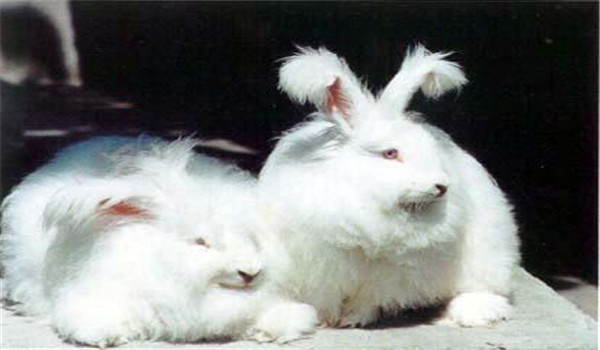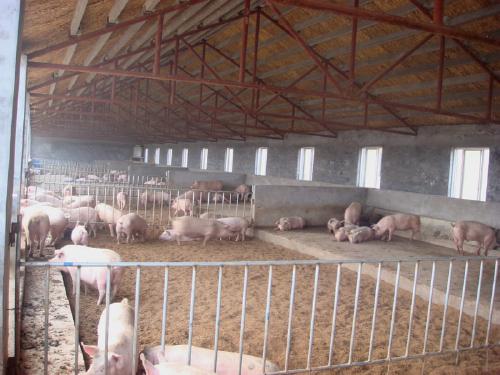masculinity in Hairstyles: An Exploration of the Visual Representation of Maturity in Male Grooming
Introduction

The concept of masculinity has been a subject of interest for many years, with various aspects being explored to understand its nature and representation. One such aspect is the visual representation of masculinity through hairstyles. This article aims to explore how different hairstyles can convey maturity and what factors contribute to their perceived level of maturity.
The Evolution of Hairstyles and Masculinity

Hairstyles have evolved significantly over time, reflecting societal values and expectations. In ancient civilizations, long hair was often associated with power and strength, while short hair was seen as more practical for laborers. However, this perception changed during the 20th century when short hair became synonymous with masculinity due to its association with military personnel.
Characteristics of Mature Hairstyles

A mature hairstyle typically exhibits certain characteristics that are deemed appropriate for an adult male individual. These include neatness, precision, and minimal ornamentation or styling products used on the hair itself.
Different Types of Mature Hairstyles

There are several types of hairstyles that are commonly considered mature by society's standards:
a) Undercut Styles: These styles feature a shorter length on top while maintaining longer lengths at the back or sides.

b) Pompadour Styles: Characterized by brushing one's hair upwards from the forehead using pomade or other styling products.
c) Fade Styles: Similar to undercuts but involve cutting off all locks below a specific point along the head.
d) Bald/Faded Sides & Back (BFS&B): A style where only some strands remain atop one's head.
Cultural Influences on Perceived Maturity
Cultural influences play a significant role in determining which hairstyles are considered mature within different societies:
a) Western Societies: Shorter styles like undercuts or fades tend to be viewed as more mature due to their connection with traditional masculine ideals.
b) Asian Cultures: Longer styles like pompadours may be perceived as more mature in some Asian cultures due to their historical associations with authority figures.
c) African Cultures: Dreadlocks have traditionally held spiritual significance among many African communities; they can also signify wisdom and age among certain groups.
Conclusion
In conclusion, there exists a complex relationship between hairstyling choices made by men and perceptions regarding maturity levels within society based on these choices influenced by cultural norms alongside personal preferences that individuals express through their grooming habits contributing further complexities into understanding this topic altogether; it demonstrates just how multifaceted human identity truly is – encompassing both internal self-perception along external societal evaluations – rendering it crucially important for scholars studying human behavior across various disciplines such as sociology anthropology psychology etcetera


















